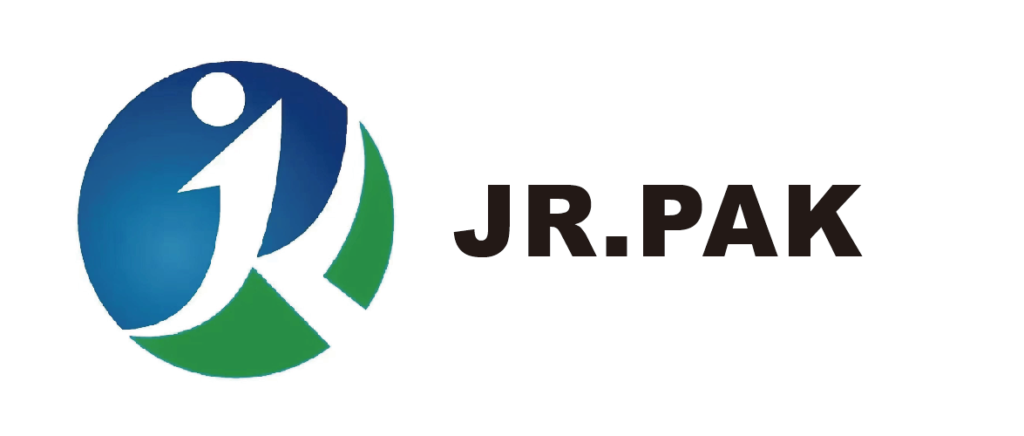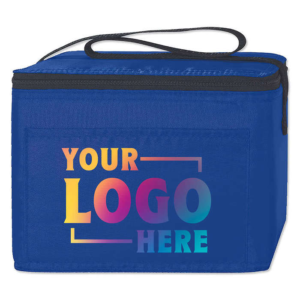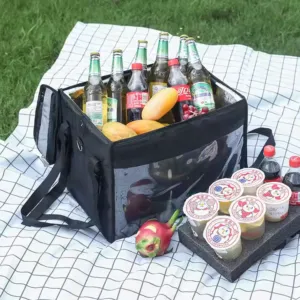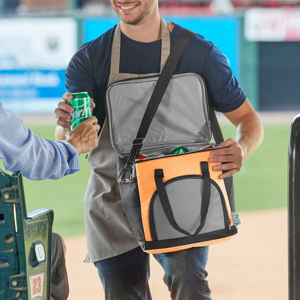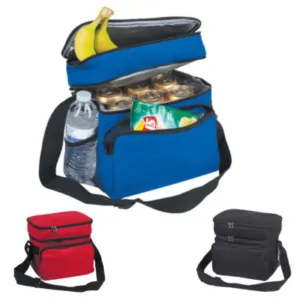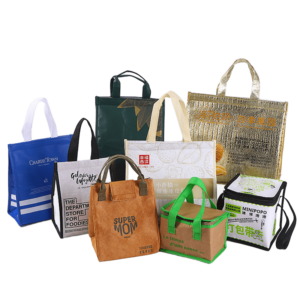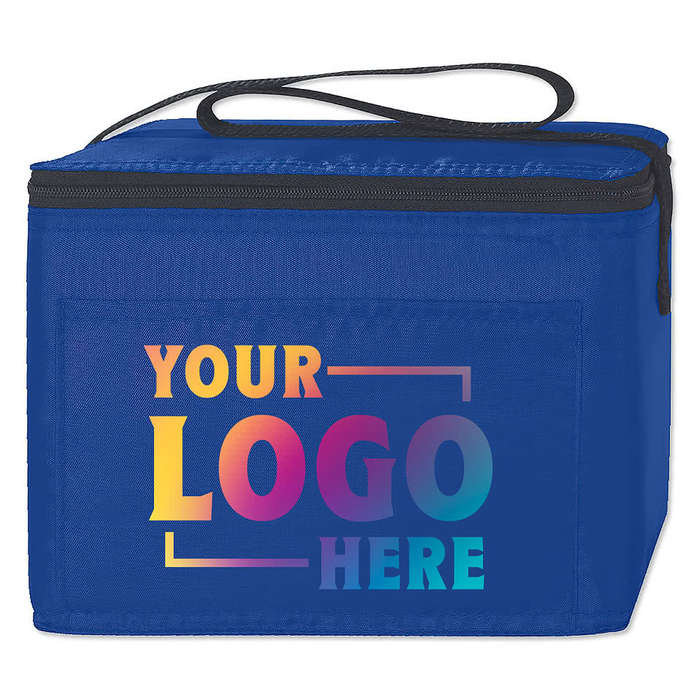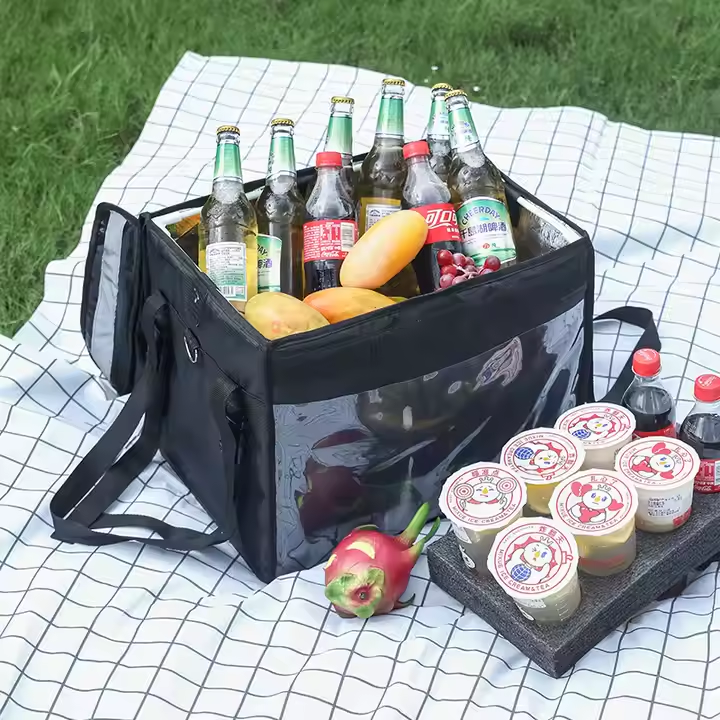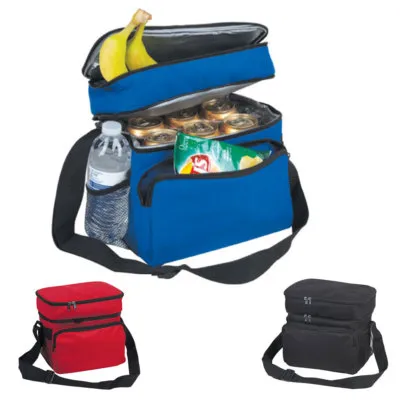Designing non-woven bags for food delivery involves balancing durability, protection, and sustainability. This article introduces five essential features that ensure these bags perform reliably during transport while supporting eco-conscious branding.
5 Features to Include in Non-Woven Bags for Food Delivery
Effective non-woven food delivery bags should be durable, water-resistant, breathable, ergonomic, and customizable to ensure safe transport and brand visibility.
Understand what features elevate food delivery performance and help your brand stand out in the market.
Durability and Tear Resistance
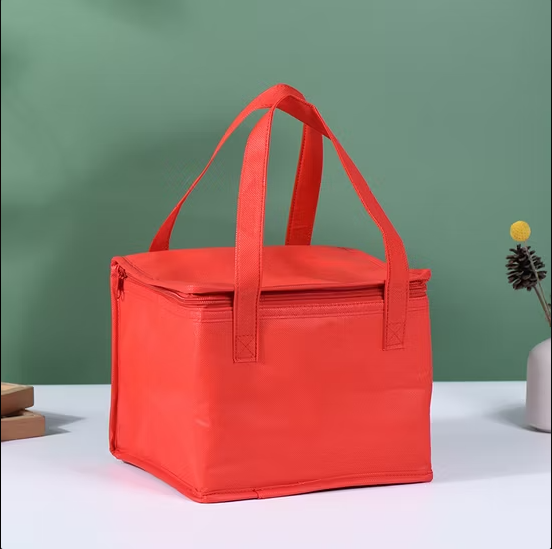
Dive-Deeper:
Why Strength Matters in Delivery
Food delivery often involves multiple handlings and varying weights. Bags must carry heavy containers without breaking or deforming. Polypropylene (PP) non-woven fabric, especially spunbond variants, provides excellent tensile strength and flexibility.
Key Material Specifications
| Property | Benefit |
|---|---|
| High GSM (≥90g/m²) | Withstands heavy food containers |
| Double-stitched edges | Prevents seams from tearing |
| Reinforced handles | Adds grip strength and reliability |
Using strong fabric extends the bag’s lifecycle, which benefits both businesses and the environment. This reusability also aligns with modern consumers’ eco-conscious preferences, increasing the bag’s perceived value.
Water Resistance
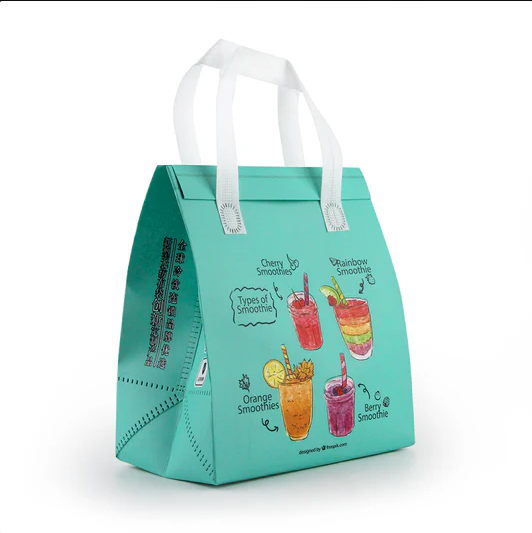
Dive-Deeper:
Moisture Protection Without Sacrificing Reusability
Food delivery bags often face exposure to rain, spills, or condensation. While non-woven PP isn’t fully waterproof, it can be treated with a lamination layer or water-resistant coating to prevent soggy packaging and spoiled contents.
Common Water-Repelling Techniques
| Method | Description |
|---|---|
| Lamination | Thin plastic layer bonded to fabric |
| Wax coating | Light moisture barrier on surface |
| Ultrasonic sealing | Seals edges to reduce leak entry |
A water-resistant bag enhances customer confidence and protects food presentation. It also minimizes damage and waste, which is especially important for businesses dealing with high-volume deliveries.
Breathability
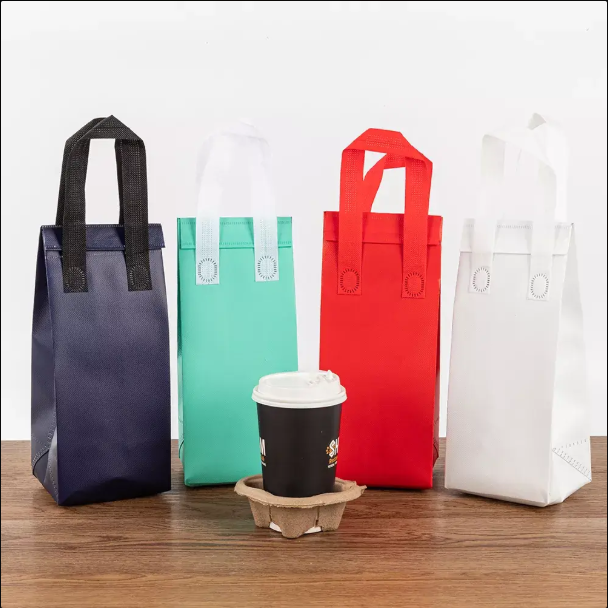
Dive-Deeper:
Keeping Food Fresh Through Ventilation
Non-woven bags inherently allow a bit of airflow. This breathability prevents condensation, which is especially important for perishable items like bakery goods, produce, and cooked meals.
Breathability Features
| Item Type | Why It Matters |
|---|---|
| Bread and baked goods | Prevents sogginess |
| Fresh produce | Maintains texture and avoids spoilage |
| Hot meals | Reduces trapped steam |
Breathable designs reduce internal odor and moisture, contributing to a more hygienic and enjoyable customer experience. They also help the bags dry faster after cleaning, supporting reuse.
Convenient Handles and Structural Design
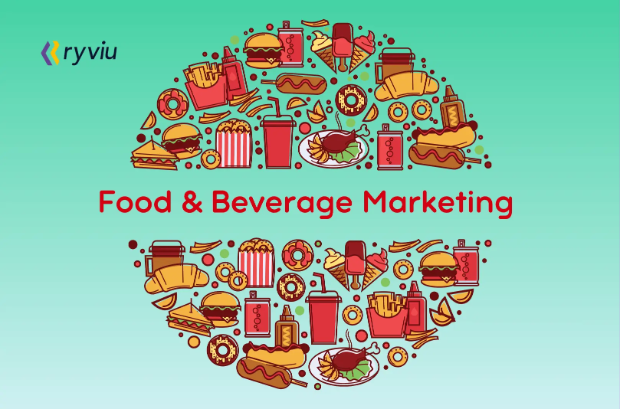
Dive-Deeper:
Combining Form and Function for Better Transport
Food delivery bags should be easy to carry and structured to handle different container types. Comfortable handle options—like loop handles, D-cut, or reinforced shoulder straps—reduce hand strain during transport.
Structuring for Stability
| Feature | Function |
|---|---|
| Base gussets | Expand space for meal boxes |
| Rigid bottom inserts | Prevent bag from collapsing |
| Boxy silhouette | Keeps containers upright and stable |
Strong design minimizes spills and deformations, ensuring the meal arrives intact and professional-looking. Structural integrity also improves stackability during bulk deliveries or storage.
Customizability and Branding

Dive-Deeper:
Leveraging Branding Opportunities on Delivery Bags
Non-woven bags offer a large, smooth surface ideal for printing. Vibrant logos, slogans, or seasonal designs help build brand recognition every time the bag is reused by customers.
Print Options and Uses
| Technique | Best For |
|---|---|
| Screen printing | Bold logos and brand colors |
| Heat transfer | High-resolution images or gradients |
| Digital printing | Detailed visuals and small batches |
Personalized bags serve as mobile billboards, boosting visibility in neighborhoods, offices, or public spaces. Businesses can update prints seasonally to stay relevant and engage repeat customers.
Conclusion
Non-woven bags designed for food delivery should offer strength, moisture protection, breathability, comfort, and branding potential. From my experience working with restaurant clients, including these features can enhance both functionality and customer perception. Choose the specs that best support your food delivery model and reinforce your eco-friendly values.
Have you used non-woven bags for your delivery service? Share your feedback or questions in the comments below!
